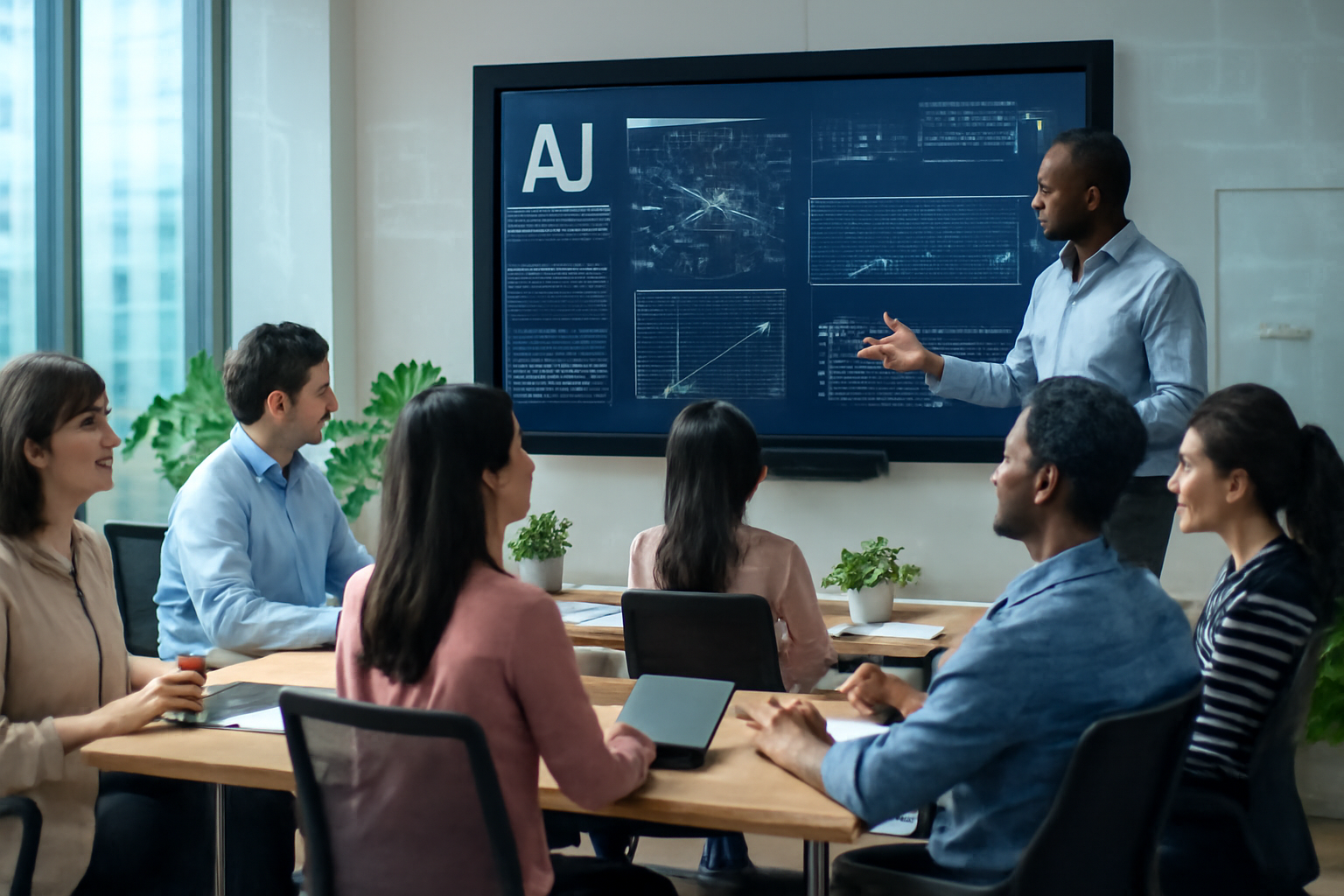Learning to Harness AI: Our Journey into the Future of Work
We were there for one reason: to learn how to use AI. In today’s fast-evolving digital landscape, artificial intelligence is no longer a futuristic concept but a practical tool reshaping industries across the globe. Recognizing this, companies are increasingly investing in training their employees to understand and leverage AI effectively. Our experience was a firsthand glimpse into this transformative journey.
Why AI Training Matters
Artificial intelligence is revolutionizing the way businesses operate, from automating routine tasks to generating insights that drive strategic decisions. However, the true power of AI lies not just in the technology itself but in how people use it. This is why AI training is becoming essential for employees at all levels. Without proper guidance, the potential benefits of AI can be underutilized or misunderstood.
We gathered at a dedicated training session designed to demystify AI and equip participants with practical skills. The goal was clear: to transform AI from an abstract concept into an accessible, everyday tool. This approach aligns with how leading firms, such as KPMG, are actively rolling out AI education programs to empower their workforce — a strategy highlighted in a recent Business Insider article.
Starting with Examples: The Hands-On Approach
The training was not about lectures alone. Instead, it embraced a hands-on methodology where we gave the AI a few examples and observed how it responded. This interactive process helped us understand how AI models learn from data and improve their outputs over time.
By experimenting with different inputs and seeing the AI’s responses, we gained insight into:
- How AI interprets language and context
- The importance of clear, well-structured prompts
- Potential biases and limitations of AI systems
This practical engagement is crucial because AI is not a one-size-fits-all tool. Its effectiveness depends on how well users can communicate with it and guide its learning process.
Bridging the Gap Between Technology and People
One of the biggest challenges companies face is bridging the gap between rapidly advancing AI technology and the human workforce. Training sessions like the one we attended serve as a vital bridge, fostering a culture of continuous learning and adaptability.
Here are some key takeaways from our AI training experience:
- AI is a collaborative partner, not a replacement. It’s designed to augment human capabilities, not to substitute them.
- Understanding AI requires patience and experimentation. Like learning any new skill, there is a learning curve.
- Ethical use of AI is paramount. Being aware of biases and ensuring responsible AI use protects individuals and organizations alike.
- Ongoing training is necessary. As AI tools evolve, so must the skills of those who use them.
The Future of Work is AI-Enhanced
Our experience confirmed that AI is poised to become an integral part of daily workflows. From generating reports and analyzing data to automating repetitive tasks, AI can free up employees to focus on higher-value activities — the creative, strategic, and interpersonal tasks that machines cannot replicate.
Companies investing in AI training are not just preparing their employees for new tools; they are cultivating a mindset ready to embrace innovation. This proactive approach fosters resilience in a world where technology disruptions are the norm.
If you’re interested in how organizations are successfully implementing AI training programs, this Business Insider article offers an insightful overview.
Final Thoughts
Learning to use AI is no longer optional — it’s a necessity. Our journey underscored that with the right training, AI can be an empowering tool rather than an intimidating challenge. As more companies embrace AI education, employees will be better equipped to unlock new opportunities, drive innovation, and contribute to a smarter, more efficient workplace.
Are you ready to start your AI learning journey? The future is here, and it’s powered by both human ingenuity and artificial intelligence working together.

Leave a Reply